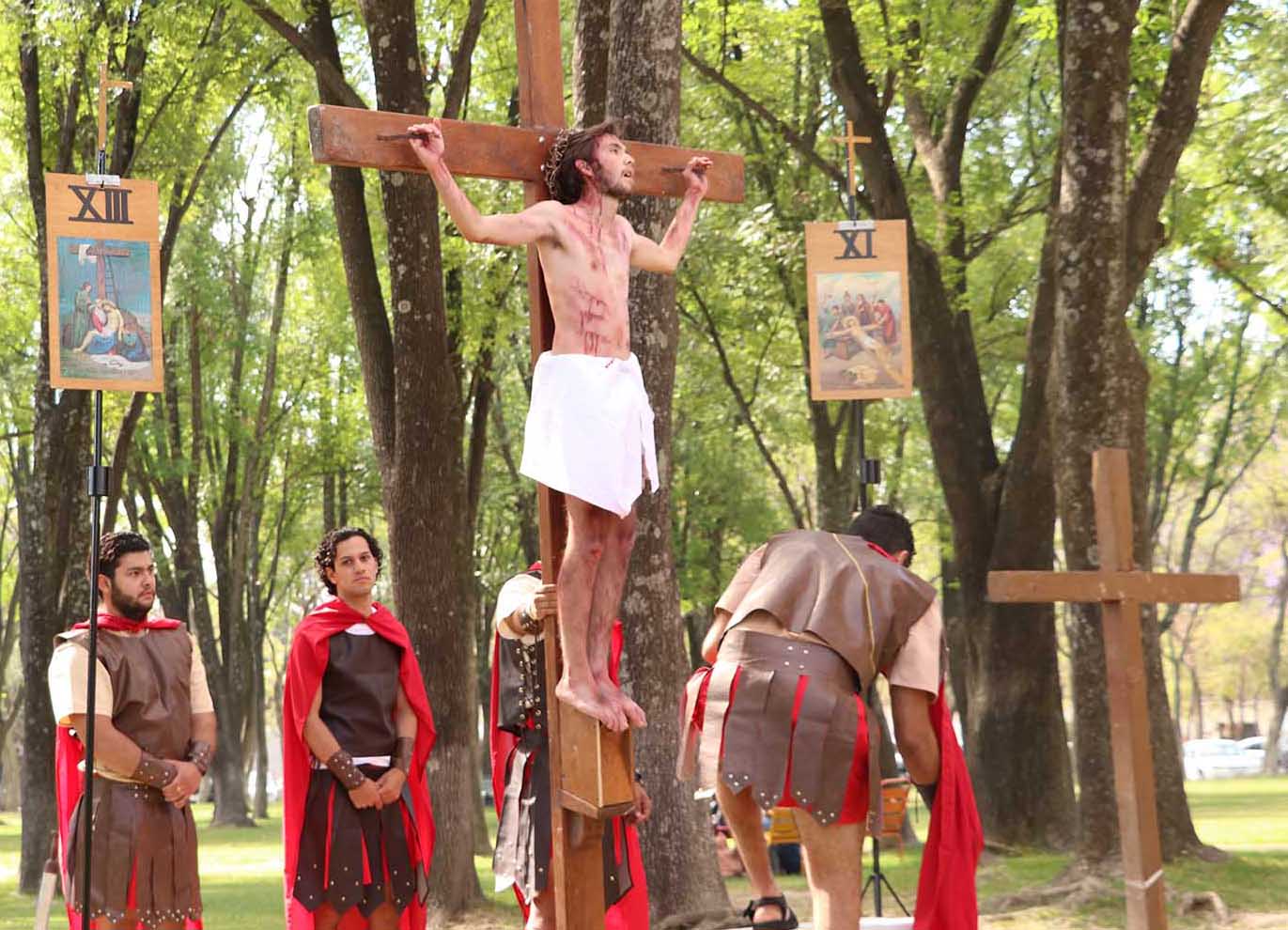Viacrucis of Living Stations of the Cross is performed at the UAG
The celebration of the Viacrucis of Living Stations of the Cross at the UAG is a traditional event organized by the Department of Arts and Culture and the Dean's Office of Science and Technology of the UAG.





